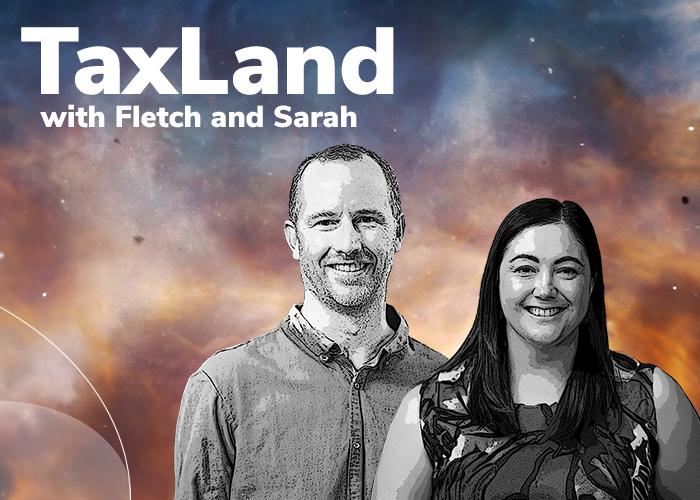Environmental offsets are embedded in Commonwealth and State legislation and policy frameworks, and are designed to ‘counterbalance’ the environmental impacts of property and resources developments. The requirement to have an offset is included as a condition of an approval in an environmental authority or a development approval.
In recent years there has been a number of major policy and legislative changes, especially in Queensland, that impact on proponents and may provide an opportunity for an ongoing income stream for landholders.
The new framework
On 1 July 2014, the new environmental offsets framework was introduced in Queensland. This framework consists of:
- the Environmental Offsets Act 2014 (which was further amended on 28 October 2014);
- the Environmental Offsets Regulation 2014 (as amended on 19 December 2014), which provides details of the prescribed activities and environmental matters to which the Act applies; and
- the Queensland Environmental Offsets Policy 2014, which came into effect on 19 December 2014.
Under this framework, offsets are required to counterbalance ‘significant residual impacts of particular activities on prescribed environmental matters’ where the proponent has proven that the impacts of their development cannot be ‘avoided’ or adequately ‘mitigated’.
Before an offset is proposed, a proponent must first demonstrate that the impacts of the project on the environment cannot be avoided. If the impacts of the project on the environment cannot be avoided, the proponent must then propose measures to mitigate the impacts of the project.
If avoidance and mitigation cannot be achieved by the proponent, then, as a last resort, an offset may be proposed.
Options for delivering offsets
The Queensland Environmental Offset Policy provides greater flexibility in relation to how offsets can be delivered including:
- financial settlement offsets;
- proponent-driven offsets; or
- a combination of these approaches.
Financial settlement offsets
A financial offset is where the proponent pays a financial amount to the Department of Environment and Heritage Protection. This money is then spent on delivering offsets, such as purchasing land holdings to form part of a protected area.
Financial settlement offsets must be calculated in accordance with the Financial Settlement Offset Calculation Methodology.
A financial settlement offered by a proponent may be considered timelier in the context of the project moving on to the next phase. However, a financial settlement may not always be the most cost effective mechanism in terms of project feasibility, in which case a proponent-driven offset may be considered by a proponent.
Proponent-driven offsets
A proponent-driven offset is where the proponent is responsible for delivering the offset. It may include either:
- a land based offset, whereby a proponent enters into an agreement with a private landholder where the land has particular environmental values the same as (or greater than) those values that will be impacted by the proposed project; or
- a Direct Benefit Management Plan, which is a pre-approved packaged investment that outlines actions to address threats to, and provide substantial benefits for, a specific species or ecosystem affected by the project (for example, provision of landscape-scale benefits, research and education).
It is important if you are a landholder considering opting into this type of arrangement that you seek specific legal and financial advice, as there are a number of landholder specific issues, including establishing that the offset is of an appropriate ecological standard, maintenance of the standard (including ongoing land management obligations) and tax implications.
Specific advice will assist you to realise revenue returns while avoiding or minimising some of the risks associated with these arrangements.
Tax implications
There are specific capital gains tax issues which may significantly affect the landholder’s financial return from offset agreements. In some cases any compensation for the offset arrangement may be fully taxable and, in other situations, substantial exemptions may be available.
It is therefore important that landholders get advice on the tax implications of offset arrangements before signing any agreement as the way the arrangement is documented will often be crucial in determining the capital gains tax outcomes.
Interaction of Commonwealth, State and local government environmental offset frameworks
A State agency cannot impose an environmental offset where the prescribed environmental matter relates to an area that has already been considered by the Commonwealth, irrespective of whether an offset condition was imposed by the Commonwealth under the Environment Protection and Biodiversity Conservation Act 1999 in accordance with its Environmental Offsets Policy.
Similarly, a local government administering agency must not impose an offset condition if it relates to an area and environmental impact already considered by a State agency, irrespective of whether an offset condition was imposed.
Given the interaction of Commonwealth, State and local government legislative requirements, proponents may find practical difficulties in obtaining approvals in a sequence that precludes duplication in offset requirements in differing jurisdictions.
Applications made prior to the introduction of the new legislative framework
Generally, applications for prescribed activities or applications to amend an existing approval lodged before the commencement of the Act (1 July 2014) will continue to be determined under the superseded offset policy in effect at that time. However, in certain circumstances a proponent may be able to request that consideration be given to the Queensland Environmental Offsets Policy.
Before making such a request, we recommend that careful consideration be given to whether the new Queensland Environmental Offsets Policy will maximise a proponent’s outcomes when meeting their offset obligations.
How we can help you
Cooper Grace Ward’s property, planning and environment team can assist you to develop a strategy to maximise your outcomes and minimise your risks when managing your environmental offset obligations under Commonwealth, State and local government approvals. It is important as a proponent to develop a strategy so as to take advantage of the options available and to avoid some of the pitfalls in duplication at the Commonwealth, State and local levels.
If you are a landowner, it is of paramount importance to not opt into an environmental offset arrangement with a proponent until you have had the benefit of financial and legal advice to avoid the risks that can incur costs and to maximise your return under these arrangements.





